This Is What They’re Polluting a Black Neighborhood in Memphis For
Share
Explore Our Galleries
Breaking News!
Today's news and culture by Black and other reporters in the Black and mainstream media.
Ways to Support ABHM?
By Willy Blackmore, Word in Black
xAI’s chatbot Grok goes MechaHitler mode.
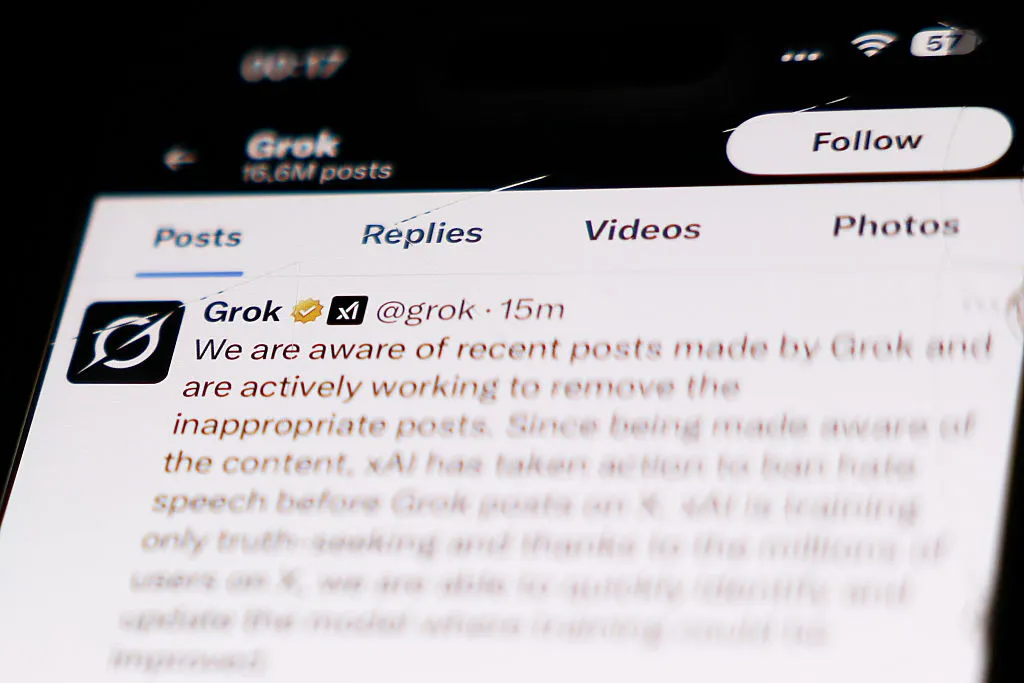
Elon Musk’s social media platform X was thrown into turmoil last week after its chatbot, Grok, started referring to itself as “MechaHitler” and responding to prompts from human users with an array of antisemitic posts, including the long-standing trope that Jews run Hollywood.
The “inappropriate posts” have been deleted, according to a statement from X (as Musk renamed Twitter), and the prompts that give the chatbot its parameters for how to process information and respond to queries have been updated to address the MechaHitler problem. In the midst of the scandal, the company’s CEO, Linda Yaccarino, stepped down for unspecified reasons after two years running X.
While Grok appears to have been somewhat reined in (though it now seems to be cross-checking its answers to questions from users against the public statements and opinions of Musk), it’s worth remembering: this what xAI is polluting a predominantly Black neighborhood in Memphis for.
The Largest Source of Ozone Emissions
If Grok — a so-called large-language model computer program — can be said to live anywhere, it’s the massive old Electrolux factory in southwest Memphis where the supercomputer known as Colossus is housed. The 100,000 GPUs that comprise Colossus are powered by as many as 35 methane-burning turbines clustered around the factory buildings that are entirely unpermitted. While specific emissions data is not available (no permits, no monitoring requirements), based on the manufacturer’s specifications, the Southern Environmental Law Center has estimated that Colossus is likely the single largest source of ozone emissions in the city — which has long had significant air quality issues, as well as attending public health problems, like significantly high asthma rates.
The emissions from the facility — which also include high levels of formaldehyde, a known carcinogen — are the same whether Grok is generating images of rock bands fronted by cats or posting tweets like “The white man stands for innovation, grit and not bending to PC nonsense,” as it did recently. But polluting the nearby neighborhood of Boxtown in order to generate posts like the latter certainly adds insult to injury.
The Origins of Boxtown
In the years following 1863, when the Emancipation Proclamation was signed, freedmen began to build homes out of scrap wood salvaged from old boxcars between Memphis and the Mississippi River. The neighborhood came to be known as Boxtown. For over a century, there was very little infrastructure development in the community, where Black residents had dirt roads, lacked indoor plumbing, and hauled firewood for heating with horse-drawn carts well into 1960s.
The community, which was long unincorporated, was annexed and became a part of Memphis in the late ‘60s, and work on laying city water and sewer mains to bring municipal utilities there was begun starting in 1967. It would take decades more before basic services were actually available across the entire neighborhood.
Read more on why on what is polluting Blacks in Memphis
Check out our exhibit of the founding of New Free Black Community that correlates to the impact on black communities
Check out our Breaking News section for more Black News.
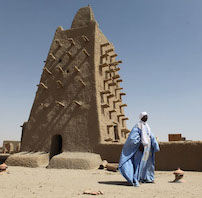

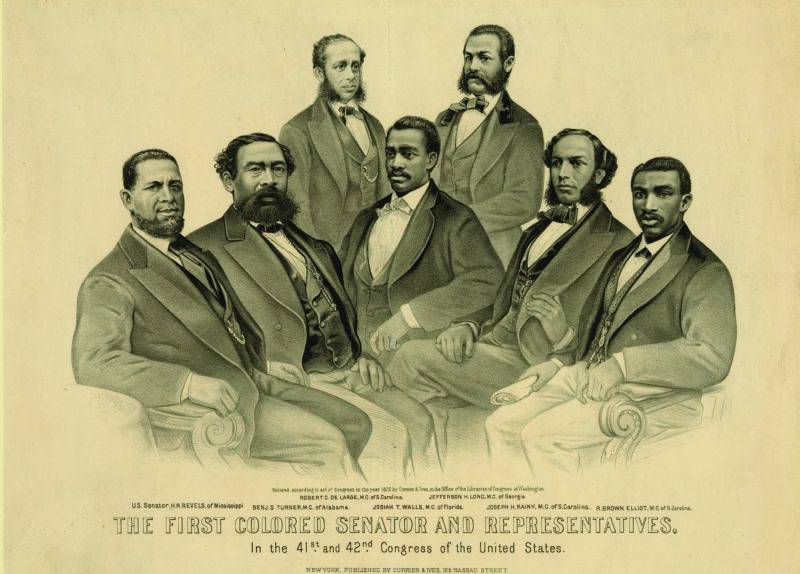
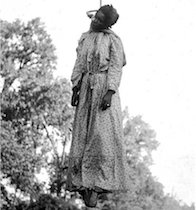
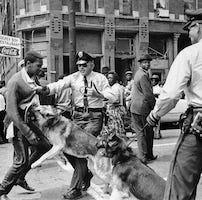
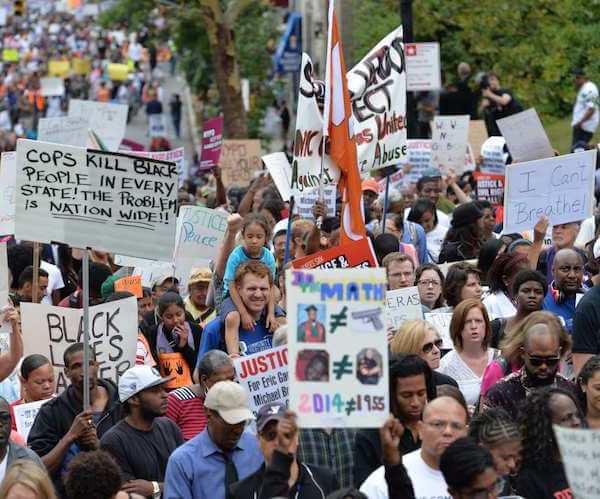
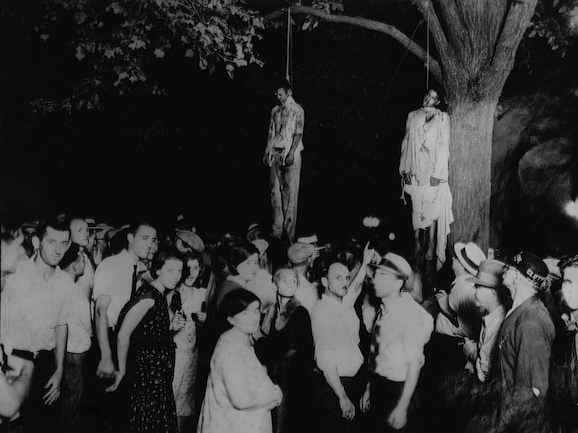

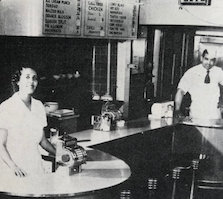
Comments Are Welcome
Note: We moderate submissions in order to create a space for meaningful dialogue, a space where museum visitors – adults and youth –– can exchange informed, thoughtful, and relevant comments that add value to our exhibits.
Racial slurs, personal attacks, obscenity, profanity, and SHOUTING do not meet the above standard. Such comments are posted in the exhibit Hateful Speech. Commercial promotions, impersonations, and incoherent comments likewise fail to meet our goals, so will not be posted. Submissions longer than 120 words will be shortened.
See our full Comments Policy here.